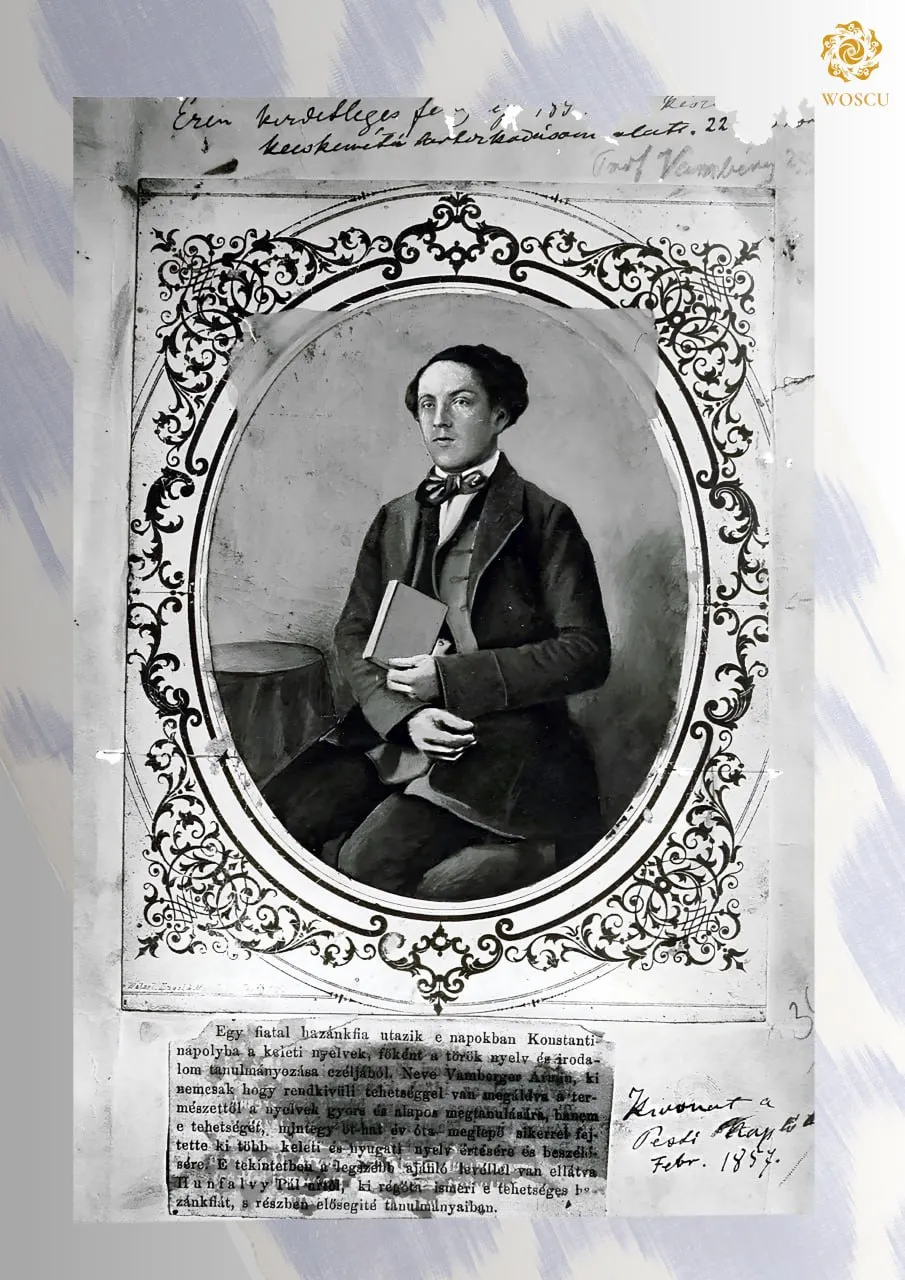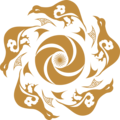
Though Marc Etienne Quatremère (d. 1857), an early pioneer of Navāyī-studies in Europe published his anthology of Chaghatay texts in 1841, Vámbéry received an inspiration to study Chaghatay from somewhere else.
He learnt Ottoman Turkish from János Repicky (1817 – 1855) a Hungarian expert on various Eastern languages, Ottoman among them, and in order to develop his language skills he travelled to the Ottoman Empire. Between 1857 and 1861 he spent four years in Istanbul (Fig. 1), a city with libraries preserving manuscripts of Chaghatay texts and home to a flourishing Central Asian community. During his research work Vámbéry conceived the idea that Hungarian and Central Asian Turkic were genetically related languages (editor‘s note: Hungarian belongs to the Finno-Ugric language family). As a first step to prove his theory and to show the similarities present in the two languages he compiled a short story in Central Asian Turkic and Hungarian and published it with copious notes in 1862. The same year saw the publication of the text of a Chaghatay–Ottoman dictionary, the Abušqa luġatï (Fig. 2).
You can learn more about the topic in the book-album "The Cultural Legacy of Uzbekistan in the Collection of the Hungarian Academy of Sciences" (Volume XLII) in the series "The Cultural Legacy of Uzbekistan".
The general sponsor of the project is the oilfield services company Eriell-Group.
